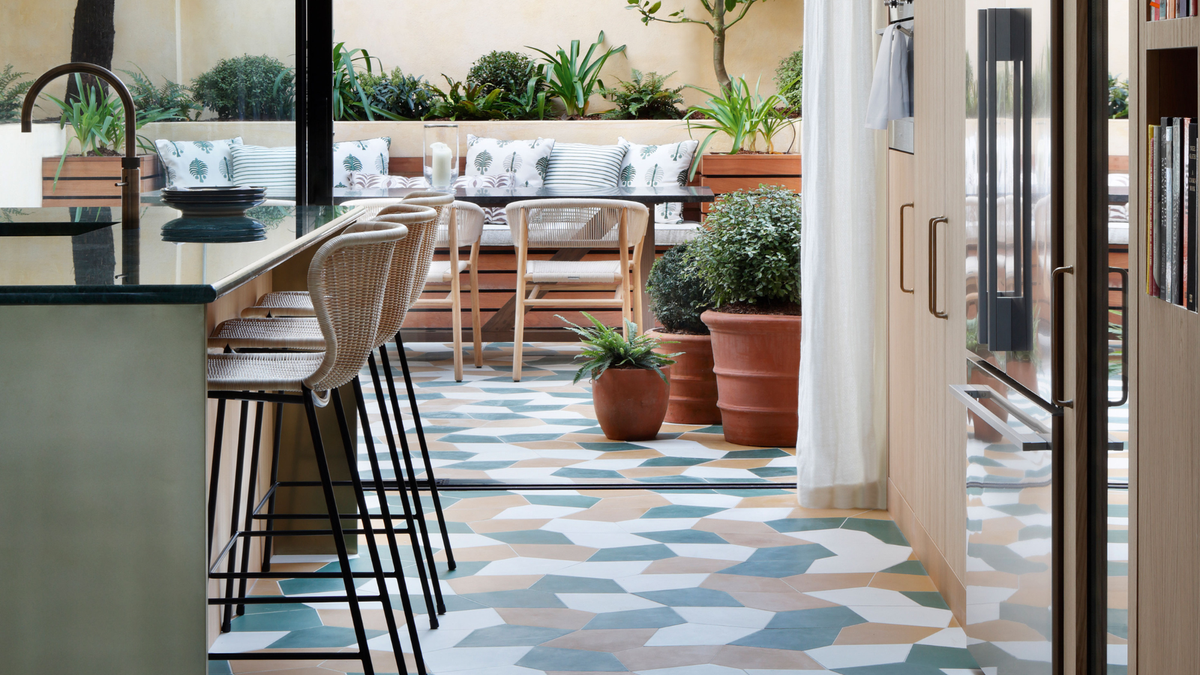
The Mirror in This Tiny Brazil Apartment Hides an Entire Work-From-Home Setup
Houses We Love: Every day we feature a remarkable space submitted by our community of architects, designers, builders, and homeowners. Have one to share? Post it here.
Project Details:
Location: São Paulo, Brazil
From the Architect: “Located between Augusta Park and Roosevelt Square in the center of São Paulo, the CP Apartment sought to create a multifunctional environment suited for the client’s range of daily activities. The 312-square-foot space had a sliding door and window separating the living area and the bedroom, which we demolished in order to create one unified space. The apartment is now flexible with the introduction of hybrid furniture, which provides a range of uses.
“The custom furniture is made of freijó wood, detailed with light green laminate and black painted metal. In collaboration with designer Laura Garcia, we created a collection of unique handmade objects including a retractable bed, a sliding desk that is also a TV cabinet, and a set of folding table and chairs. Thus, the apartment can be reorganized and transformed into a bedroom, a living room, a dining room, a TV room, a home office, or even in a space for exercising and contemplation. With the intention of giving each area in the apartment its own personality, we designed the floors with different finishing materials: tauari hardwood for the sleeping area, hydraulic tiles for the kitchen area and balcony, terrazzo slabs for the bathroom, and yellow epoxy paint in the shower.
“Despite the limited size of the apartment, the project creates the possibility of multiple uses in order to optimize the footprint. This amplitude, achieved by focusing on the furniture and its functions, met and expanded the possibilities desired by the client, as well as provided a reflection on dwelling in large urban centers and the role of design. With the desire to live in a central area of the city, which comes with high density and high price per square foot, shifting the perspective on the real necessities of living was an essential part of the project.”










